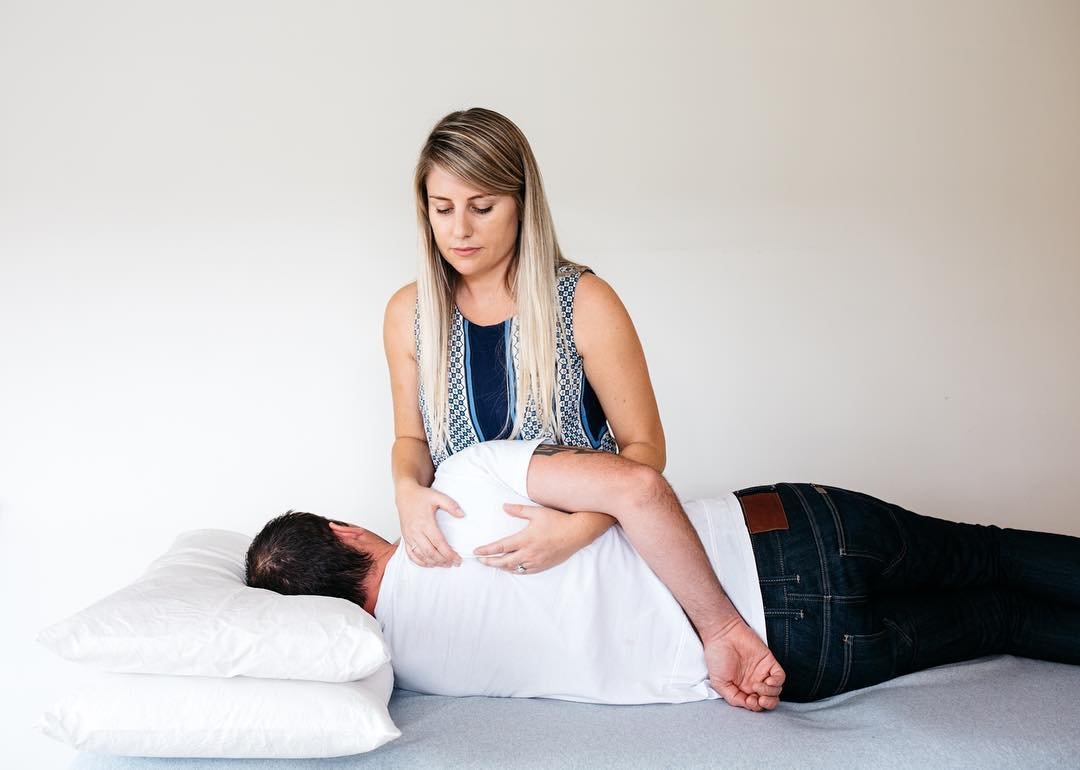Struggling with sore shoulders or a shoulder injury?
Understanding Shoulder Injuries and Pain: Causes, Self-Management, and How Osteopathic Treatment Can Help
Shoulder Pain and Injury: Causes, Types, and How Osteopathy Can Help
Shoulder pain is a common complaint and can affect anyone—whether you're lifting at the gym, reaching overhead at work, or simply sleeping in the wrong position. Because the shoulder is one of the most mobile joints in the body, it’s also one of the most vulnerable to strain, instability, and injury.
Understanding the type and source of your shoulder pain is essential for effective recovery and long-term relief.
Common Causes of Shoulder Pain
Shoulder pain may arise suddenly due to injury, or develop gradually from repetitive strain or poor movement patterns. Common causes include:
Overuse or repetitive activity (e.g. sports, work tasks)
Trauma or falls
Muscle strain or tendon irritation
Poor posture or upper back stiffness
Shoulder instability or weakness
Referral from the neck or upper thoracic spine
When one part of the shoulder complex is restricted or weakened, other areas often compensate—leading to pain or dysfunction.
Types of Shoulder Injuries
There are many different types of shoulder injuries, ranging in severity. Some of the most common include:
Rotator cuff injuries – Inflammation, tears, or degeneration of the tendons around the shoulder joint
Frozen shoulder (adhesive capsulitis) – A gradual stiffening of the joint capsule, limiting range of motion
Shoulder impingement – Compression of soft tissue structures during movement, often painful when lifting the arm
AC joint sprains – Injury to the joint where the collarbone meets the shoulder blade
Dislocations or subluxations – When the ball of the shoulder partially or fully comes out of the socket
Referred pain from the neck – Sometimes what feels like shoulder pain is actually coming from spinal nerves
Accurate diagnosis is key to successful recovery.
Symptoms to Look Out For
You may be dealing with a shoulder injury or dysfunction if you experience:
Pain with lifting, reaching, or rotating the arm
Difficulty sleeping on the affected side
A sense of weakness or instability
Clicking, grinding, or catching in the joint
Loss of range of motion
Radiating pain down the arm or into the neck
Any sudden trauma, swelling, or inability to move the arm should be assessed promptly.
Can Osteopaths Refer for Imaging?
Yes. If during your osteopathic consultation we suspect structural damage—such as a rotator cuff tear, joint instability, or other internal injury—we can refer you directly for imaging, including X-rays or ultrasound scans. This helps confirm the diagnosis and guide the best course of treatment or referral if needed.
How to Relieve Shoulder Pain at Home
While professional assessment is always recommended for persistent or severe pain, you can try the following strategies for mild or early-stage shoulder discomfort:
Apply a cold pack for 10–15 minutes to reduce inflammation if the pain is new or swollen
Use a heat pack for older, stiff or tight shoulders
Gentle shoulder mobility exercises, such as pendulum swings or wall walks
Improve posture with upper back stretches and seated posture correction
Avoid repetitive overhead movements or heavy lifting while healing
Listen to your body—rest when needed, but don’t let the joint become too stiff.
How Osteopathy Can Help Shoulder Injuries
Osteopathic treatment aims to address the root cause of your shoulder pain, not just manage the symptoms. Treatment may include:
Soft tissue work to reduce muscle tension
Joint mobilisation to improve movement and alignment
Treatment of the upper back, neck, and ribcage, which influence shoulder mechanics
Postural correction and ergonomic advice
Prescribed exercises to restore strength and prevent recurrence
Each treatment is tailored to your body, activity levels, and stage of recovery.
Whether your pain is recent or something you’ve been putting up with for months, osteopathic care offers a personalised, hands-on approach to get you moving freely again.

